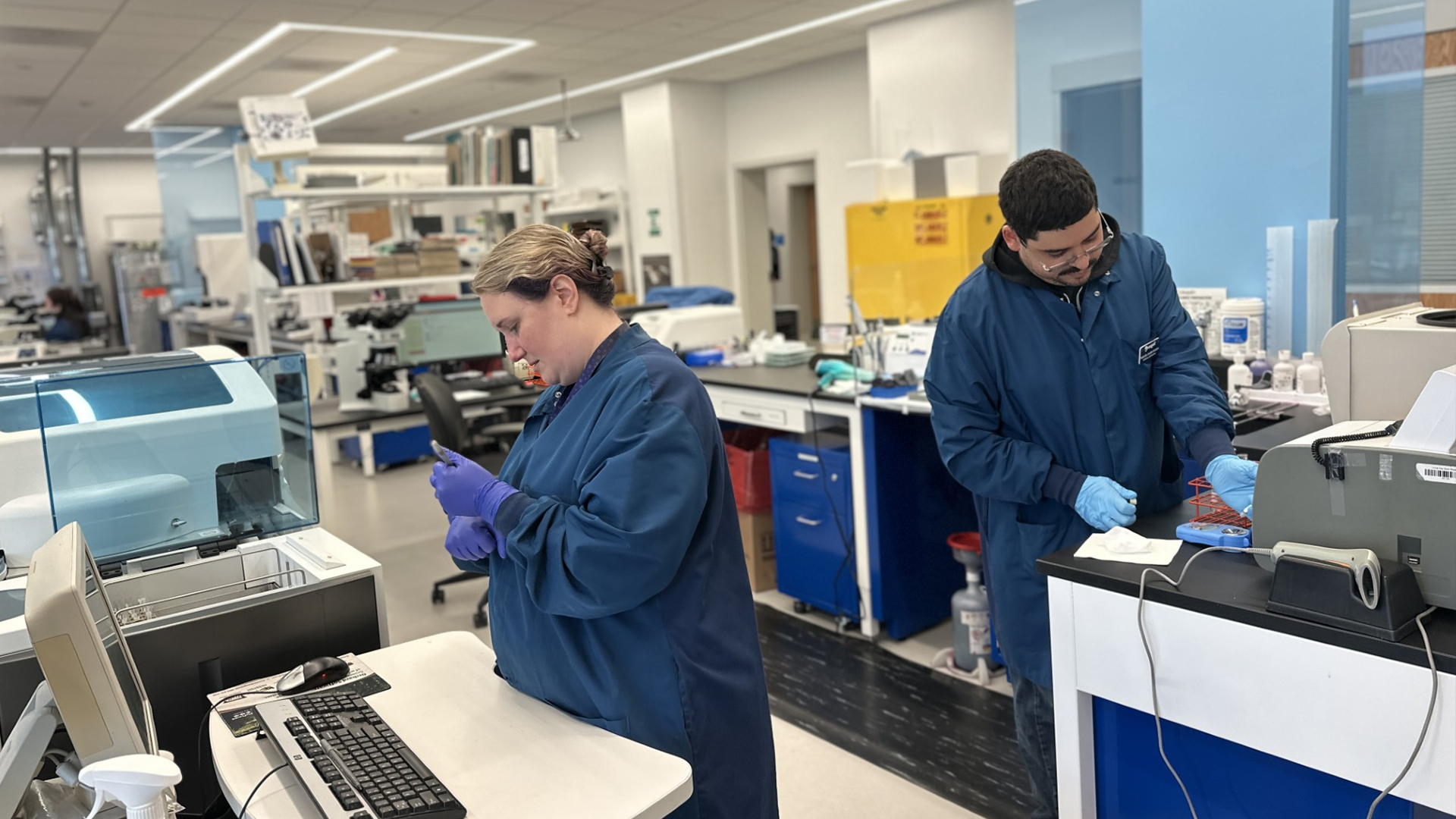
BOSTON, Oct. 8, 2025 — A new report from the MassINC Policy Center and the Worcester Regional Research Bureau finds that suburban districts are receiving a disproportionate share of state funding for large school construction and renovation projects in Massachusetts. The findings suggest that students in Boston and other “gateway cities” are more likely to attend schools that are overcrowded, deteriorating, or lacking essential learning facilities.

“We’re seeing, just based on the invitation outcomes, who’s being invited to do these significant rebuilds or these significant renovation projects. We’re seeing suburban districts benefiting more than our urban and gateway city schools,” said Anthony Clough, research associate at the Worcester Regional Research Bureau, at a briefing following the report’s release.
The report highlights that schools with the best “building condition ratings” have received nearly two-thirds of program invitations since 2015. Suburban districts, which account for 43% of schools statewide, received over half of all invitations from 2015 to 2024, while Boston and gateway cities, which make up 32% of schools, received less than 19%.
Schools in Boston are five times more likely than other Massachusetts schools to have a low “general environment” rating. Gateway city schools are 1.5 times more likely, and Boston schools 2.5 times more likely, to be missing essential features such as art and music classrooms, gymnasiums, and science labs. Overcrowding is also more common in urban districts.
The report noted that Black, Hispanic, and low-income students are disproportionately affected by poor learning environments. Urban schools often face higher construction costs due to non-reimbursable expenses like land acquisition and site preparation, reducing the likelihood of accessing state funds for rebuilding projects.
“To the extent that we have dollars, we’re not using them to meet the highest needs first and foremost. So we’ve got to make sure that we extend our resources effectively, and that begins with reimbursement policies that recognize that it costs more to build in urban areas than it does elsewhere,” said Ben Forman, MassINC Research Director.
The report calls for policymakers to prioritize school construction based on severity of building inadequacy and student need, reform reimbursement policies, and ensure municipal co-investment when schools are deemed “educationally inadequate.”

“We had a huge increase in students over the last 20 years and we have been grateful beneficiaries of the Student Opportunity Act…But we don’t have the classrooms to put them in. And we’ve been desperately trying to fix that with modulars being created, using existing buildings,” said Jared Nicholson, Mayor of Lynn.
Experts recommend forming a commission to review statewide school building data, similar to the approach used for the Student Opportunity Act and Chapter 70 funding formula. “Now, 21 years later, we have this opportunity to look at the program again and see — to not necessarily say ‘Let’s throw it out,’ but to say, ‘This is a program that is working, how can we make it better?’” said John Nunnari, Executive Director of the American Institute of Architects.
“There is simply a need to acknowledge that our state’s cities have some of the most disadvantaged students, some of the oldest and neediest schools, and there needs to be recognition of that in how the program prioritizes,” said Paul Matthews, Executive Director of the Worcester Regional Research Bureau.
The report underscores the need for a parallel conversation addressing capital needs alongside operating funding reforms. Policymakers are being urged to ensure equitable access to construction funds to improve learning environments for all Massachusetts students, especially those in urban and gateway city districts.
Originally reported by Ella Adams in WWLP.